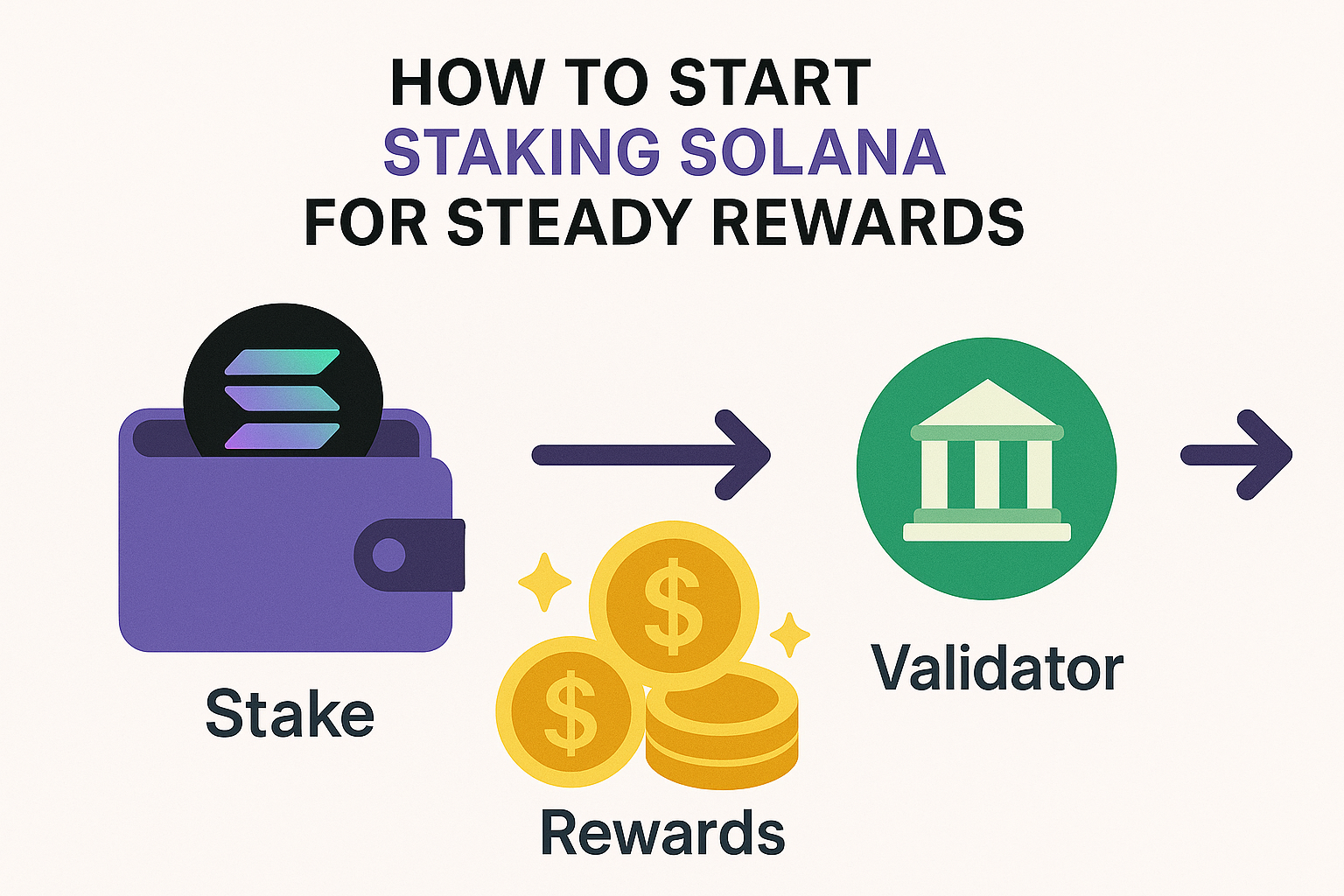Table of Contents
Introduction:
Cryptocurrency staking has made quite an impact in recent years, becoming an attractive passive income opportunity for investors. As we navigate the ever-evolving landscape of digital assets in 2024, it's worth revisiting the concept of staking, understanding its potential benefits and risks, and exploring best practices to maximize returns effectively. By grasping the fundamentals of staking, investors can make informed decisions when seeking to capitalize on this lucrative aspect of the cryptocurrency market.
At its core, staking refers to the process of participating in the proof-of-stake (PoS) consensus mechanism of a blockchain network by locking up a specific amount of cryptocurrency to support network validation, security, and governance. In return for their stake, investors receive rewards in the form of additional cryptocurrency tokens, creating a passive income stream. However, staking is not without its perils, and investors must be aware of the risks associated with it, such as the potential for price volatility and loss of staked assets.
In this comprehensive guide, we will delve deeper into the world of cryptocurrency staking in 2024, covering topics such as income potential, the advantages and risks involved, and the role of staking in the broader blockchain ecosystem. We will also detail best practices and strategies for those interested in diving into cryptocurrency staking, ensuring our readers are well-equipped for success in this burgeoning market segment.
Understanding the Staking Landscape in 2024: From PoS to DeFi and Beyond
As the cryptocurrency ecosystem grows, staking opportunities have expanded beyond traditional PoS blockchains to encompass a wide range of digital assets and decentralized finance (DeFi) platforms:
- Proof of Stake (PoS) Blockchain Staking: Investors can participate directly in the staking of PoS networks like Ethereum 2.0 and Cardano by delegating their tokens to validators or running their nodes.
- DeFi Staking and Yield Farming: DeFi protocols such as Aave and Compound offer opportunities to earn interest on digital assets, either by lending or providing liquidity to decentralized exchanges (DEXs), including Uniswap and SushiSwap.
- Staking Service Providers and Staking Pools: Crypto exchanges, wallets, and other third-party service providers have begun offering staking services to users, facilitating the process and enabling individuals with smaller balances to participate and earn rewards through pooling.
- Governance Tokens and DAO Staking: Many decentralized autonomous organizations (DAOs) and blockchain networks offer staking opportunities for their native governance tokens, giving holders voting rights and the ability to influence decision-making while earning rewards.
Assessing the Potential Income Opportunities and Associated Risks
Although staking may seem like an enticing passive income opportunity, it's essential to understand the associated risks and challenges:
- Income Potential: Staking rewards are typically influenced by factors such as the network's inflation rate, total staked tokens, and the individual's proportional stake. Investors should carefully evaluate the potential returns and consider the impact of network changes on future reward rates.
- Market Volatility and Token Price Risks: Crypto assets can be notoriously volatile, and staking exposes investors to the risk of token price fluctuations, potentially offsetting gains from rewards.
- Lock-up Periods and Illiquidity: Many staking programs require tokens to be locked up for a predetermined amount of time, limiting investors' ability to quickly liquidate their holdings in response to market changes.
- Smart Contract and Platform Risks: Staking on newer or less-established platforms may expose investors to the risk of smart contract vulnerabilities, hacks, or other technical issues that could result in the loss of staked assets.
Best Practices and Strategies for Success in Crypto Staking
By following best practices and utilizing effective strategies, investors can maximize their potential returns and minimize risks in the staking arena:
- Do Thorough Research: Understand the technical and economic fundamentals behind PoS blockchains and DeFi platforms, as well as the specific staking mechanisms, lock-up periods, and reward structures.
- Diversify Your Staking Portfolio: Mitigate risks by diversifying your staking investments across various tokens and platforms with different reward rates, lock-up periods, and risk profiles.
- Monitor Your Staked Assets Regularly: Keep track of your staked tokens, market conditions, network updates, and other factors that may impact your investment, adjusting your strategy accordingly.
- Utilize Reputable Staking Services: If you opt to use a staking service provider or platform, ensure it is trustworthy, secure, and reliable, taking the time to compare fees and services offered.
- Participate in Governance and Community Activities: Engage in voting, decision-making, and community discussions related to your staked assets, as active participation can often contribute to long-term network growth and the overall success of your staking endeavor.
The Future of Staking and the Expanding Cryptocurrency Ecosystem
As we look to the future, the staking landscape is set to evolve further, influenced by various developments and trends:
- Continued Growth of PoS Blockchains: As the adoption of PoS consensus algorithms increases, new networks may emerge, and existing ones may undergo upgrades, resulting in more staking opportunities for investors.
- Innovations in DeFi and Cross-Chain Solutions: Continued innovation in DeFi and cross-chain protocols could offer novel staking opportunities and produce better reward rates, increased liquidity, and greater accessibility for investors.
- Ethical and ESG Staking Initiatives: The push for environmental, social, and governance (ESG) factors in the cryptocurrency sector may lead to the development of new staking initiatives that align with ESG best practices and principles.
Navigating the Crypto Staking Landscape with Confidence
Cryptocurrency staking is an attractive passive income opportunity for investors, especially with the continued growth of PoS blockchains and DeFi platforms. By understanding the benefits, risks, and best practices associated with staking and remaining adaptable to the ever-changing digital asset landscape, investors can confidently explore this lucrative market segment.
At Altcoin Investor, we take pride in guiding our readers through the complex world of cryptocurrencies and the broader digital asset ecosystem. Stay informed and empowered by joining our community, where you'll uncover the latest crypto news and more to help you navigate the staking landscape and seize opportunities for passive income in 2024 and beyond.








